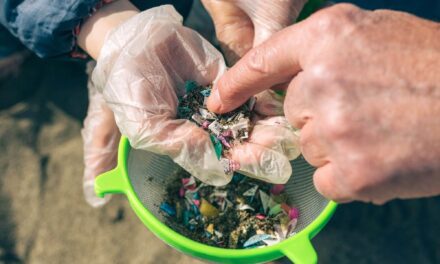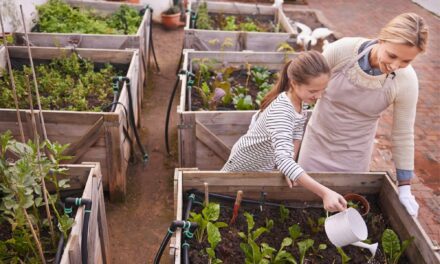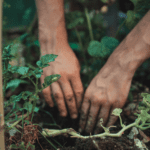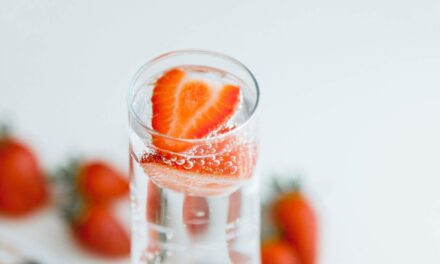
Plastic-Free Kitchen: 10 Easy Steps for Eco-Friendly Living
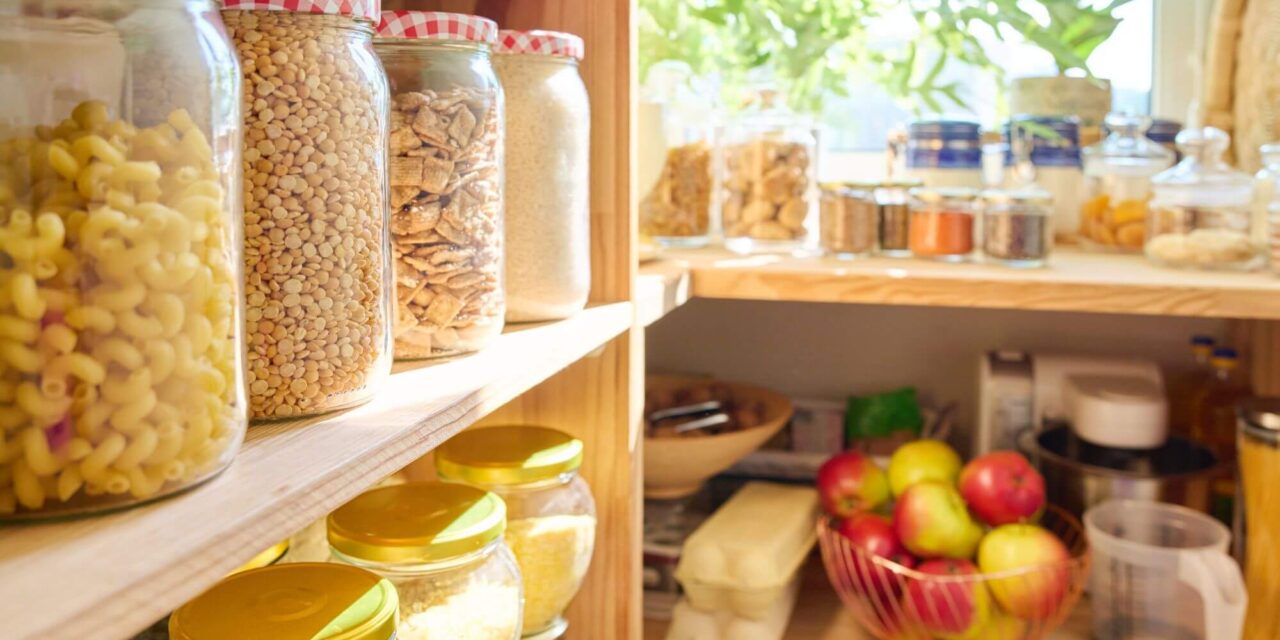
Living a plastic-free lifestyle is becoming more than simply a choice in a world where plastic is everywhere. Our everyday routines, particularly in the kitchen, the center of our houses, are very important in this transition to a more sustainable future. We offer “10 Simple Swaps for a Plastic-Free Kitchen” in this extensive guide to help you embrace eco-friendly living. Let’s look at doable and significant improvements you can implement right now, from meal planning to storage options.
Table of Contents
Simple steps to create a plastic-free kitchen
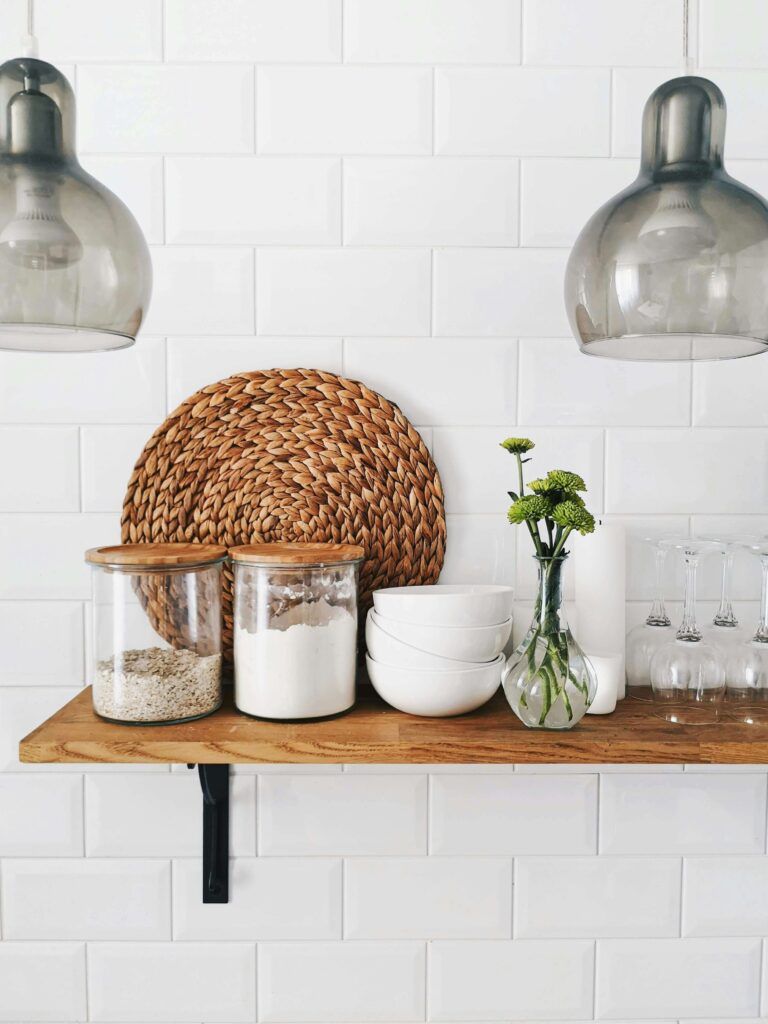
The decluttering process will happen on its own when you set out to create a plastic-free kitchen and eventually apply these ideas to your entire house. A return to the customs of the past signifies an outgoing of the outdated and an entrance of the eternal.
Reclaiming the most productive elements of the past is essential to laying the groundwork for a sustainable future. At the same time, we must move our attention away from “costs” alone and give quality and longevity precedence over quantity.
Reusable, non-plastic goods are becoming more and more accessible in the current climate of rising environmental consciousness. We may now investigate and embrace options that support a sustainable way of living, thanks to this encouraging trend.
When you progressively replace plastic products with more environmentally friendly options, you’ll find once again the innate beauty of natural materials such as wood, metal, ceramic, glass, and natural fibers including hemp, linen, or organic cotton.
10 Sustainable Plastic-Free Kitchen Swaps
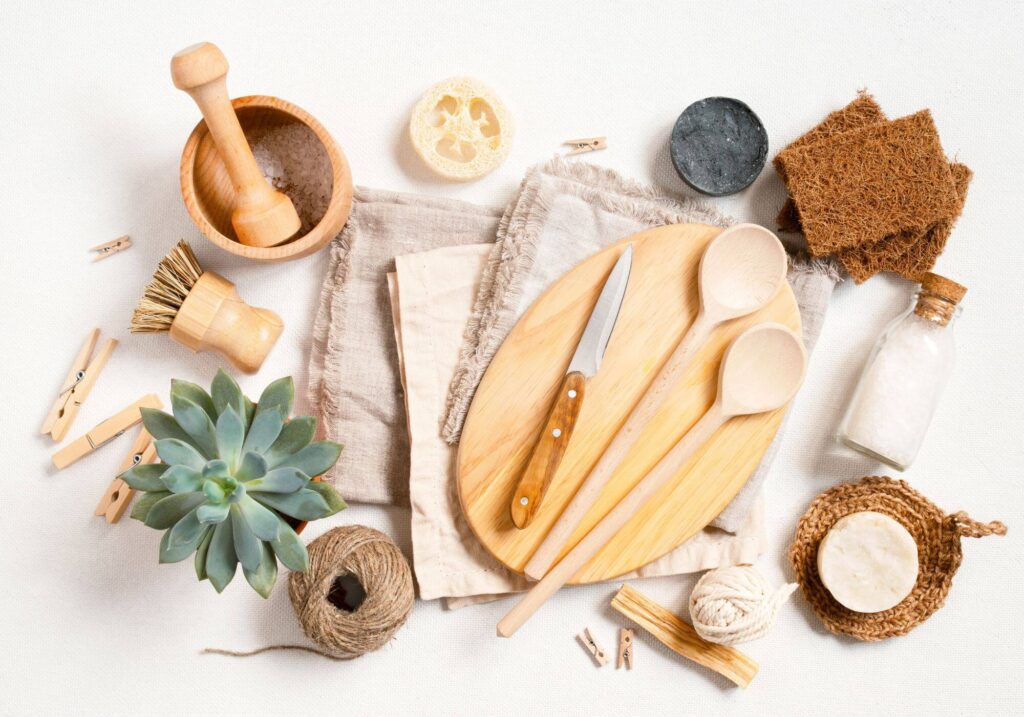
1. Plastic-Free Food Storage Solutions: A Green Revolution in Your Pantry
The first step in your plastic-free kitchen transformation is rethinking how you store your food. Glass jars, stainless steel containers, or beeswax wraps are better alternatives to plastic containers. These substitutes not only protect the environment better, but they also prevent plastic leaching from damaging food and keep it fresher longer.

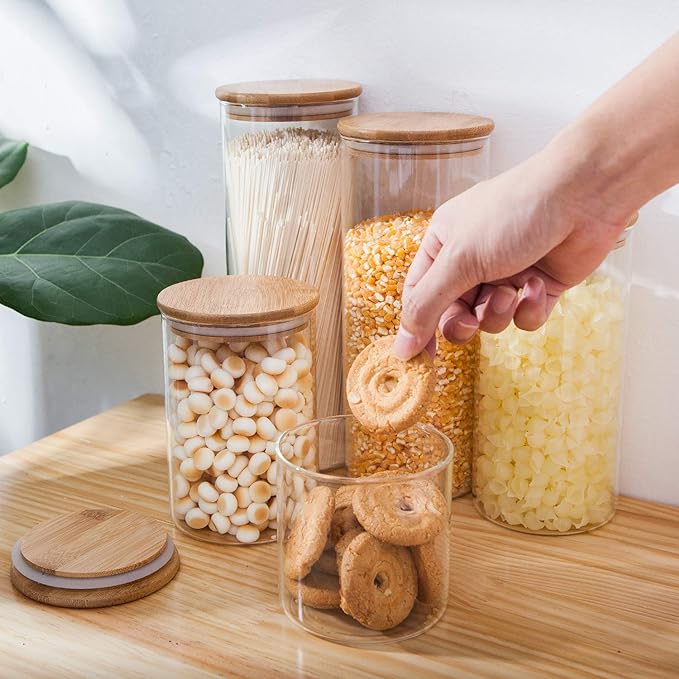
2. Sustainable Utensils for a Greener Culinary Experience
Change the look of your kitchen drawer by replacing your plastic utensils with eco-friendly ones. Stainless steel and bamboo kitchenware not only withstand abrasion but also lend an eco-chic flair to your cooking pursuits. With these robust and eco-friendly products, you can turn your kitchen into a sustainable hub.
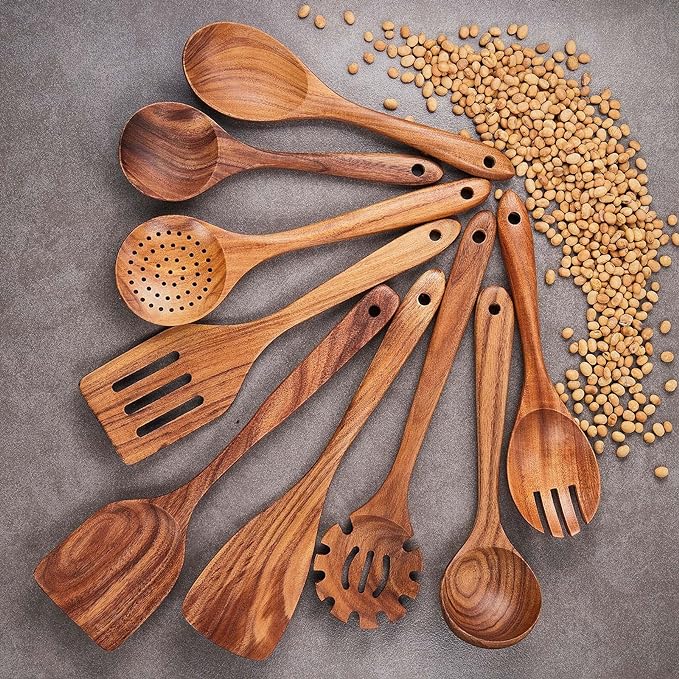
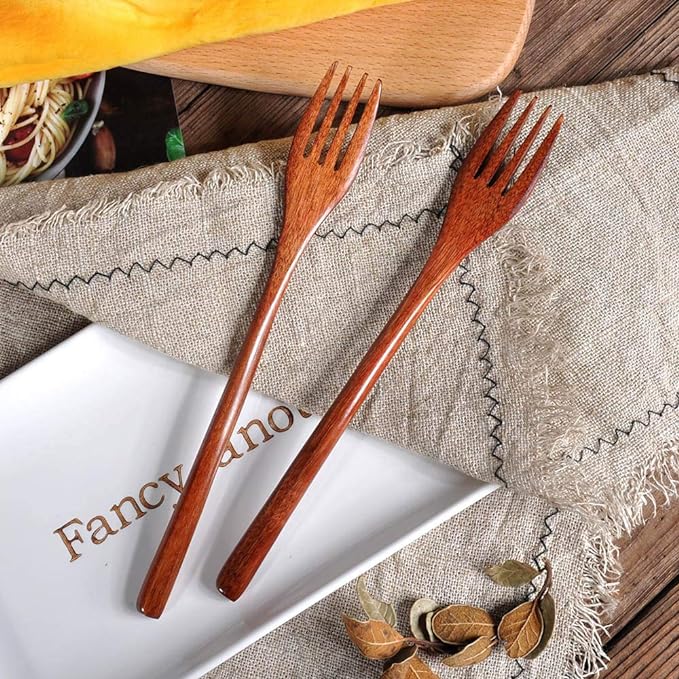
3. Plastic-Free Water Filtration Systems
Use a water filtration system to adopt a plastic-free hydration strategy instead of using plastic water bottles. Select products that eliminate the need for single-use plastic while still purifying your water, such as ceramic filters or sticks of activated charcoal. Enhance your water-drinking experience and reduce the amount of plastic you use.


4. Eco-Friendly Cleaning Products
Rethink your cleaning regimen to keep your kitchen plastic-free. Replace cleaning goods packaged in plastic with environmentally friendly options that come in cardboard or glass containers. Accept homemade cleaning solutions made with vinegar and baking soda to cut down on the amount of plastic and toxic chemicals you use.


5. Reusable Produce Bags for Sustainable Shopping
Investing in reusable produce bags will help you extend your commitment to living a plastic-free lifestyle beyond the kitchen. Fresh produce, bulk goods, or washable, long-lasting bags are a sustainable substitute for plastic bags when shopping. You may significantly reduce the amount of single-use plastic in your daily life by making this tiny change.

6. Stainless Steel or Glass Straws for Sipping Sustainably
One of the most frequent single-use plastics that clog our oceans is straw. Replace plastic straws with glass or stainless steel ones to have a beneficial influence. By bringing a reusable straw with you, you may enjoy your favorite drinks guilt-free and help create a cleaner, plastic-free environment.
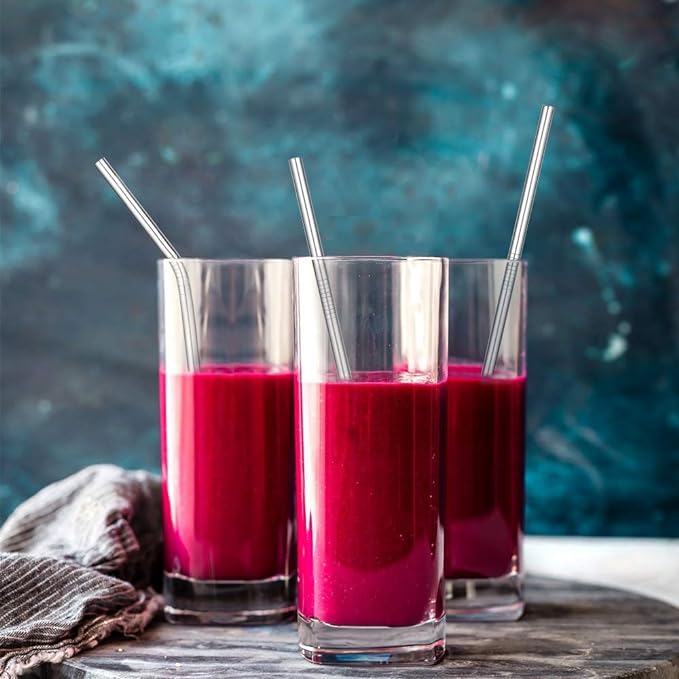

7. Beeswax Wraps for Sustainable Food Preservation
Give up aluminum foil and plastic cling wrap and embrace the versatility of beeswax wraps. These reusable, machine-washable, eco-friendly wrappers are a great substitute for food preservation. Keep food fresh, wrap sandwiches, and cover bowls without adding to the plastic waste problem.
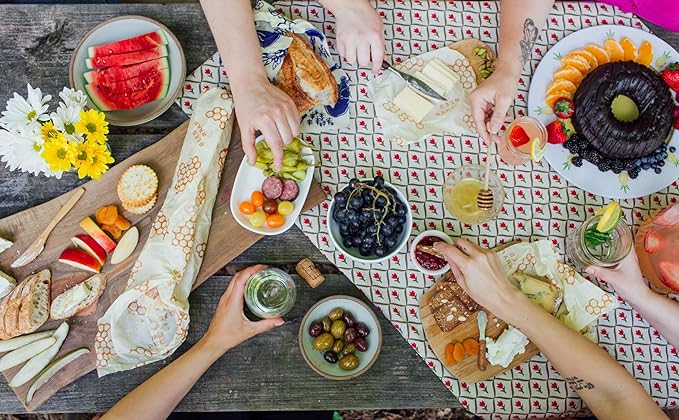
8. Plastic-Free Kitchen Cookware Choices
Make a difference in your cooking experience by using sustainable cookware. Choose cookware made of cast iron, stainless steel, or ceramic; these materials last longer and also replace disposable cookware coated with plastic. Improve your cooking abilities while reducing the environmental damage you cause.

9. Bulk Buying for Less Packaging Waste
Adopting bulk shopping will help you cut down on packaging waste in your kitchen. To reduce plastic packaging, buy basics like pasta, cereals, and spices in large quantities. This strategy not only lessens your environmental impact but also frequently results in financial savings, benefiting the environment and your pocketbook at the same time.
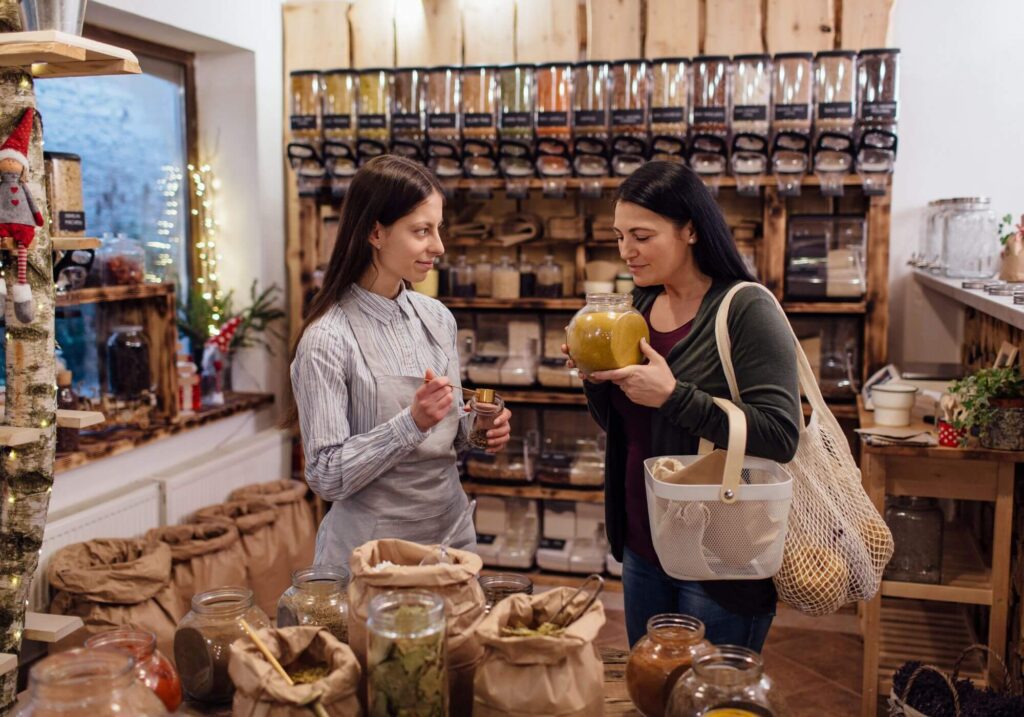
10. Composting for a Zero-Waste Kitchen
Composting is a great way to finish your transition to a plastic-free kitchen. By turning kitchen leftovers into nutrient-rich compost, you may help create a sustainable, circular system and lessen the need for disposable garbage bags. One of the most effective ways to create a zero-waste kitchen and a healthier environment is to compost.
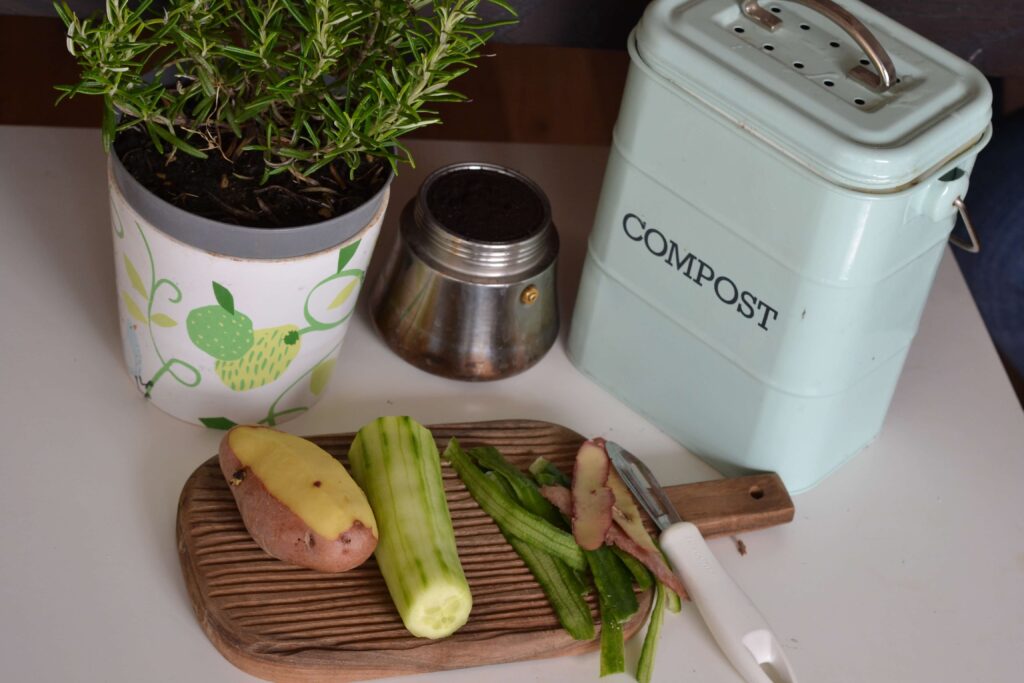
Conclusion: Getting Around in the Plastic-Free Kitchen
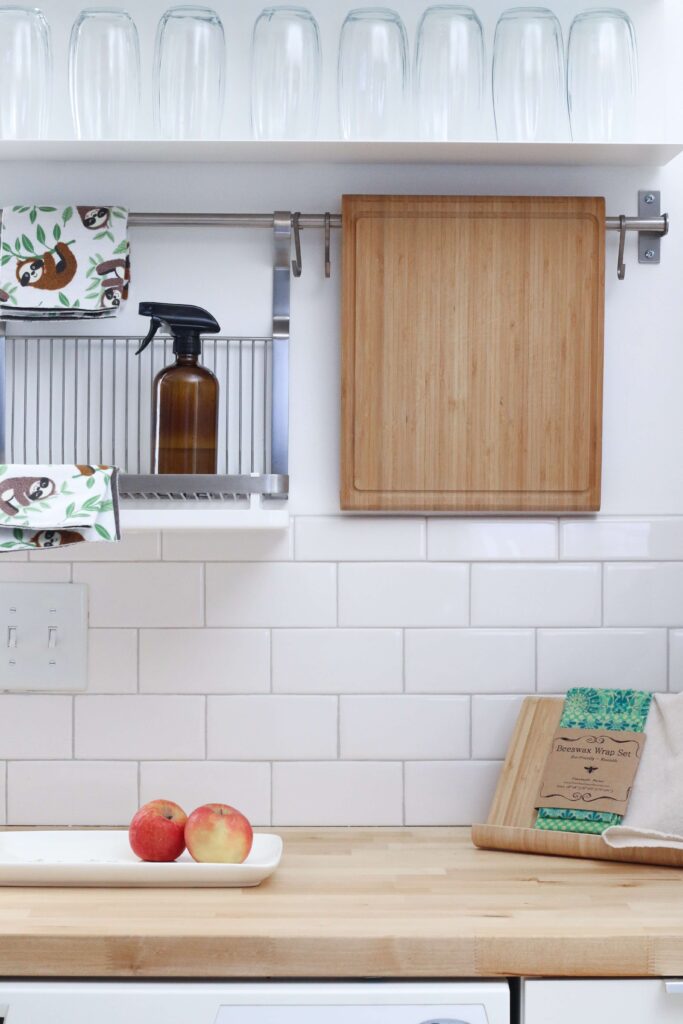
Making the switch to a plastic-free kitchen is a commitment to a sustainable future, not just a fad. By making these ten easy changes, you’ll not only lessen the amount of plastic in your life but also encourage constructive change in your neighborhood. Accept the transformational potential of simple, deliberate decisions in your kitchen and observe the positive effects they can have on the surroundings. Make the switch to a plastic-free kitchen right away; the environment and coming generations will appreciate it.
FAQ: How to Find Your Way Towards a Plastic-Free Kitchen
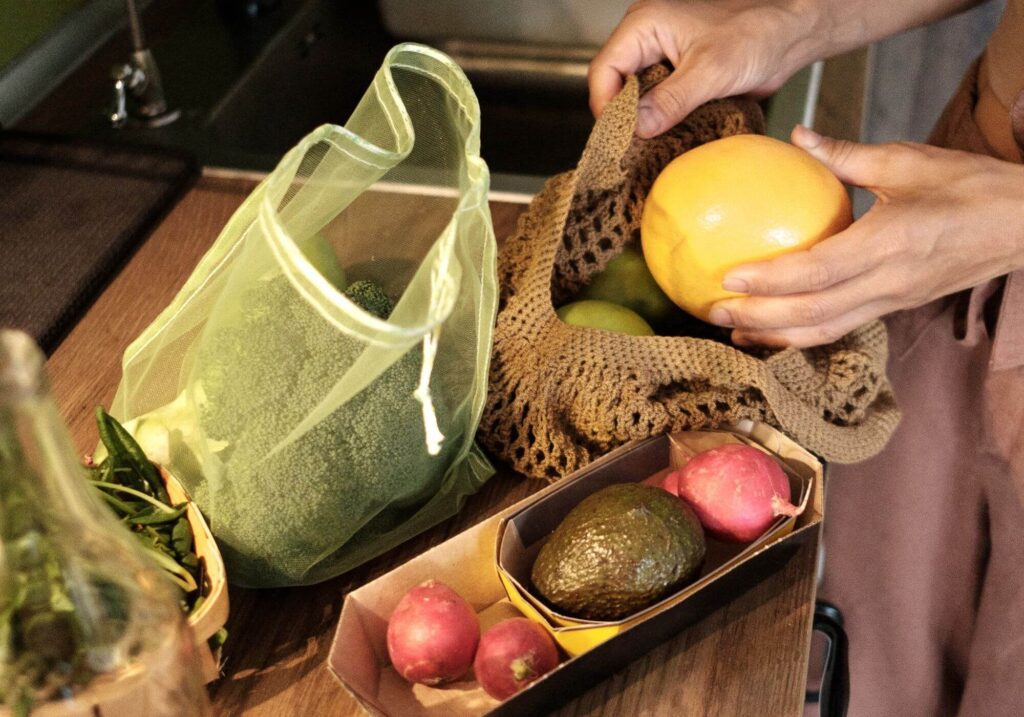
Q1: What makes becoming a plastic-free kitchen so important?
A1: Embracing a plastic-free lifestyle in the kitchen is crucial for reducing environmental impact. The health of humans, ecosystems, and marine life are all seriously threatened by plastic waste. Making thoughtful decisions in your kitchen helps to create a healthy environment.
Q2: Are containers made of glass and stainless steel useful for regular use?
Definitely! Containers made of glass and stainless steel are not only enduring and useful but also adaptable. They offer a durable and sustainable alternative to plastic for food storage that is resistant to stains, smells, and wear and tear.
Q3: In terms of utility, how do beeswax wraps compare to conventional plastic wrap?
A3: Reusable and natural beeswax wraps are a great substitute for plastic wrap. They are flexible, simple to use, and reusable—wash and reuse again. Their environmentally beneficial advantages greatly surpass the ease of single-use plastic wrap, even though they could take some getting used to.
Q4: Is it possible to enjoy the convenience of straws without adding to the waste produced by plastic?
A4: Unquestionably! Replace single-use plastic straws with glass or stainless steel ones that can be used again. Straws are convenient, and you may enjoy their convenience while lessening your environmental impact because many of them come with convenient carrying cases.
Q5: What are the advantages of composting in my kitchen, and how can I begin?
A5: Creating compost in the kitchen is an easy but effective way to cut waste. To begin, gather eggshells, coffee grinds, and leftover fruit and vegetable scraps in a compost bin. Reducing landfill waste, improving soil quality, and supporting a sustainable, circular system are some of the advantages.
Q6: Where can I get bulk items, and is buying in bulk cost-effective?
A6: Buying basics in bulk can save money over time because you can buy more in greater amounts and use less packaging. Grains, pasta, and spices can be found in the bulk department of many grocery stores. Carry your personal reusable containers to reduce packaging waste even further.
Q7: Can I perform all kinds of cleaning jobs with eco-friendly cleaning products?
A7: Eco-friendly cleaning supplies are adaptable and appropriate for the majority of kitchen cleanups. Dishes and countertops can both have environmentally friendly substitutes. But for more stubborn stains, you might have to look into particular eco-friendly products or use natural chemicals in do-it-yourself remedies.
Q8: What are the advantages of using sustainable cookware, and how do I choose it?
A8: Materials like ceramic, stainless steel, and cast iron are examples of sustainable cookware solutions. These options are strong, long-lasting, and devoid of dangerous coatings. They are a useful and sustainable addition to any kitchen since they frequently offer even heating and are simple to clean.
Q9: Is it possible to have the ease of single-use plastic water bottles without doing damage to the environment?
A9: If you use a reusable water filtration system, such as ceramic filters or sticks of activated charcoal, you can have clean water at your convenience without adding to the plastic pollution. It’s an environmentally friendly and health-conscious decision.
Q10: What are some ways I may motivate my friends and family to give up using plastic in their kitchens?
A10: Set an exemplary example and discuss your progress toward a kitchen free of plastic. Talk about the advantages and good effects you’ve seen and offer helpful advice for getting started. Organizing eco-friendly gatherings or cooking classes might motivate people to adopt sustainable kitchen decisions.


